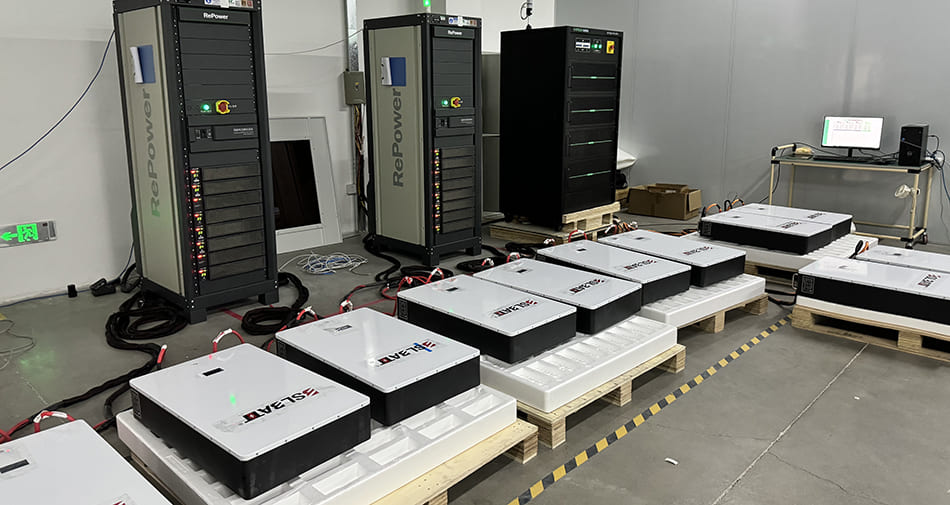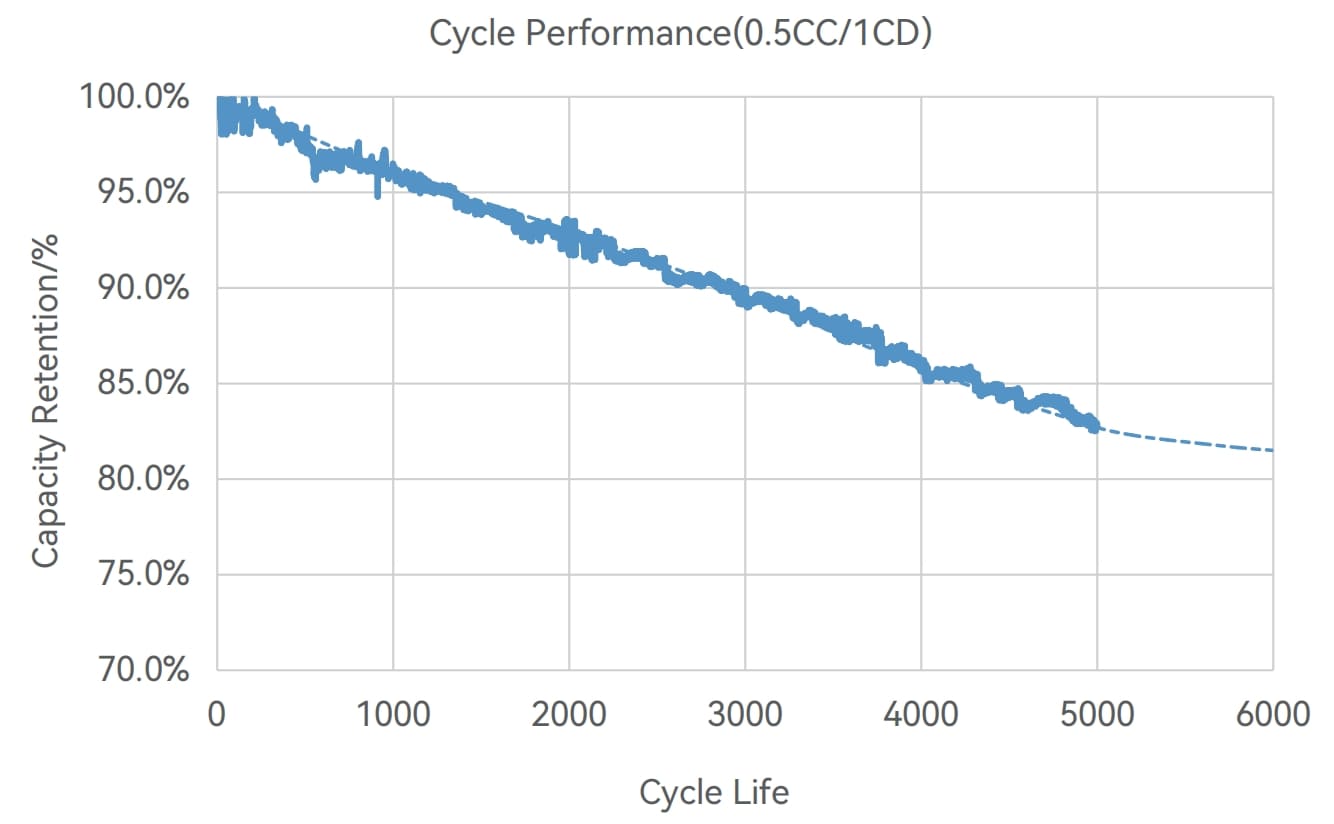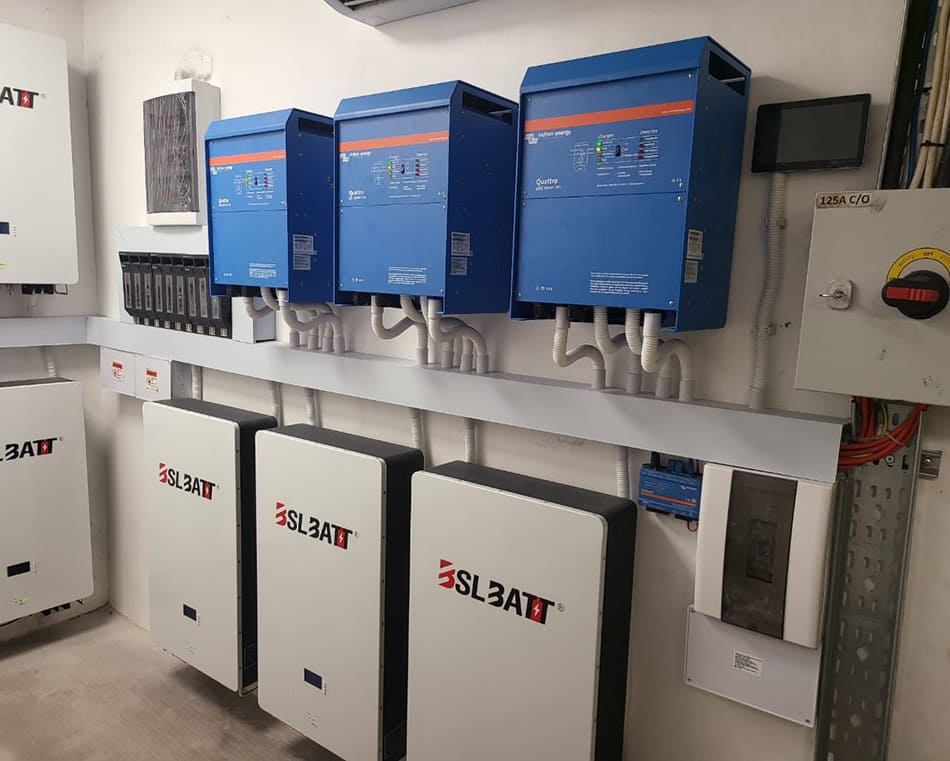Is BSLBATT’s Powerwall More Efficient Than Lead Acid Batteries?
Home storage batteries are becoming an increasingly popular addition to solar systems, with the two most common chemistries being lead-acid and lithium batteries. As the name suggests, lithium-ion batteries are made from lithium metal, while lead-acid batteries are made primarily from lead and acid. Since our wall-mounted power wall is powered by lithium-ion, we will be comparing the two – power wall vs. lead acid.
1. Voltage & Electricity:
The Lithium Powerwall offers slightly different nominal voltages, which actually makes it more suitable as a replacement for lead-acid batteries. The electricity comparison between these two types:
- Lead-acid battery:
12V*100Ah=1200WH
48V*100Ah=4800WH
- Lithium Powerwall battery:
12.8V*100Ah=1280KWH
51.2V*100Ah=5120WH
Lithium Powerwall provide more usable capacity than a lead-acid equivalently rated product. You can expect up to twice as much run time.
2. Cycle life.
You might be already very familiar with the cycle life of the lead-acid battery. So here we’ll just tell you the cycle life of our wall mounted LiFePO4 battery.
It can reach more than 4000 cycles @100%DOD, 6000 cycles @80% DOD. In the meantime, LiFePO4 batteries can be discharged up to 100% without risk of damage. Make sure you charge your battery immediately after discharge, we recommend discharging be limited to 80-90% depth of discharge (DOD) to avoid the BMS disconnecting the battery.
3. Powerwall Warranty Versus Lead-Acid
The BSLBATT Powerwall’s BMS carefully monitors its batteries’ rate of charge, discharge, voltage levels, temperature, percentage of the world conquered, and so forth, in order to maximize their lifespan which enables it to come with a 10-year warranty with 15-20 years of service life.
Meanwhile, the makers of lead-acid batteries have no control over how you are going to use their products and so only offer warranties of one year or perhaps two if you are willing to pay for a more expensive brand.
This is the BSLBATT Powerwall’s greatest advantage over the competition. Most people, and particularly business people, are simply unwilling to shell out a significant amount of money for a new investment unless they can get away with not having to pay for subsequent aftermarket issues on an ongoing basis. The Lithium Powerwall has a higher upfront investment cost, but its longevity and the 10-year warranty offered by the supplier completely reduces its long-term cost of use.
4. Temperature.
LiFePO4 Lithium Iron Phosphate can stand a wider range of temperature while discharging, so can be used in most tropical areas.
- Ambient Temperature for Lead Acid battery: –4°F to 122°F
- Ambient Temperature for LiFePO4 powerwall battery: –4°F to 140°F In addition, with the ability to endure higher temperatures, it can stay safer than lead-acid battery since LiFePO4 batteries are equipped with BMS. This system can detect the detect abnormal temperature in time and protect the battery, automatically stop charging or discharging immediately, therefore there won’t be any heat generated.
5. Powerwall Storage Capacity Versus Lead-Acid
It is not possible to directly compare the capacity of Powerwall and lead-acid batteries because their service life is not the same. However, based on the difference in DOD (Depth of Discharge), we can determine that the usable capacity of a Powerwall battery of the same capacity is far greater than that of a lead-acid battery.
For example: assuming a capacity of 10kWh Powerwall batteries and lead-acid batteries; because the depth of discharge of lead-acid batteries can not be more than 80%, ideally 60%, so in reality they are only about 6kWh – 8 kWh of effective storage capacity. If I want them to last 15 years, then I need to avoid discharging them more than 25% every night, so most of the time they actually only have about 2.5 kWh of storage. The LiFePO4 Powerwall batteries, on the other hand, can be deeply discharged to 90% or even 100%, so for everyday use, the Powerwall is superior, and the LiFePO4 batteries can be discharged even deeper when needed to provide power in bad weather and/or during periods of high power usage.
6. Cost
The price of LiFePO4 battery will be higher than current lead-acid batteries, need to invest more at first. But you will find LiFePO4 battery has better performance. We can share the comparing table for your reference if you send the specification and cost of your batteries in use. After checking the Unit price per day(USD) for 2 types of batteries. You will find out that LiFePO4 batteries unit price/cycle will be cheaper than lead-acid batteries.
7. Influence on the environment
We’re all concerned about protecting the environment, and we strive to do our part to reduce pollution and resource consumption. When it comes to choosing a battery technology, LiFePO4 batteries are an excellent choice for enabling renewable energy like wind and solar and for minimizing the consequences of resource extraction.
8. Powerwall Efficiency
A Powerwall’s energy storage efficiency is 95% which is significantly better than lead-acid batteries at around 85%. In practice, this is not a huge difference, but it does help. It will take about one half to two-thirds of a kilowatt-hour less solar electricity to fully charge a Powerwall with 7kWh than lead-acid batteries, which is roughly half the average daily output of one solar panel.
9. Space Saving
The Powerwall is suitable for inside or outside installation, takes up very little space, and as the name suggests is made to be mounted on walls. When properly installed it should be extremely safe.
There are lead-acid batteries that can be installed indoors with suitable precautions, but due to the very small but real chance that a lead-acid battery will decide to transform itself into a hot pile of fuming goo, I strongly recommend putting them outside.
The amount of space taken up by enough lead-acid batteries to power an off-grid house is not as great as many people often assume but are still greater than what Powerwalls require.
To take a two-person household off-grid might require a bank of lead-acid batteries around the width of a single bed, the thickness of a dinner plate, and about as high as a bar fridge. While a battery enclosure is not strictly necessary for all installations, precautions do need to be taken to prevent children from stress testing the system or vice-versa.
10. Maintenance
Sealed long-life lead-acid batteries require a small amount of maintenance every six months. The Powerwall requires none.
If you want a battery with over 6000 cycles based on 80%DOD; If you want to charge the battery within 1-2 hours; If you want half weight & space usage of the lead-acid battery… Come and go along with the LiFePO4 powerwall option. We believe in going green, just like you.
Post time: Sep-13-2024











